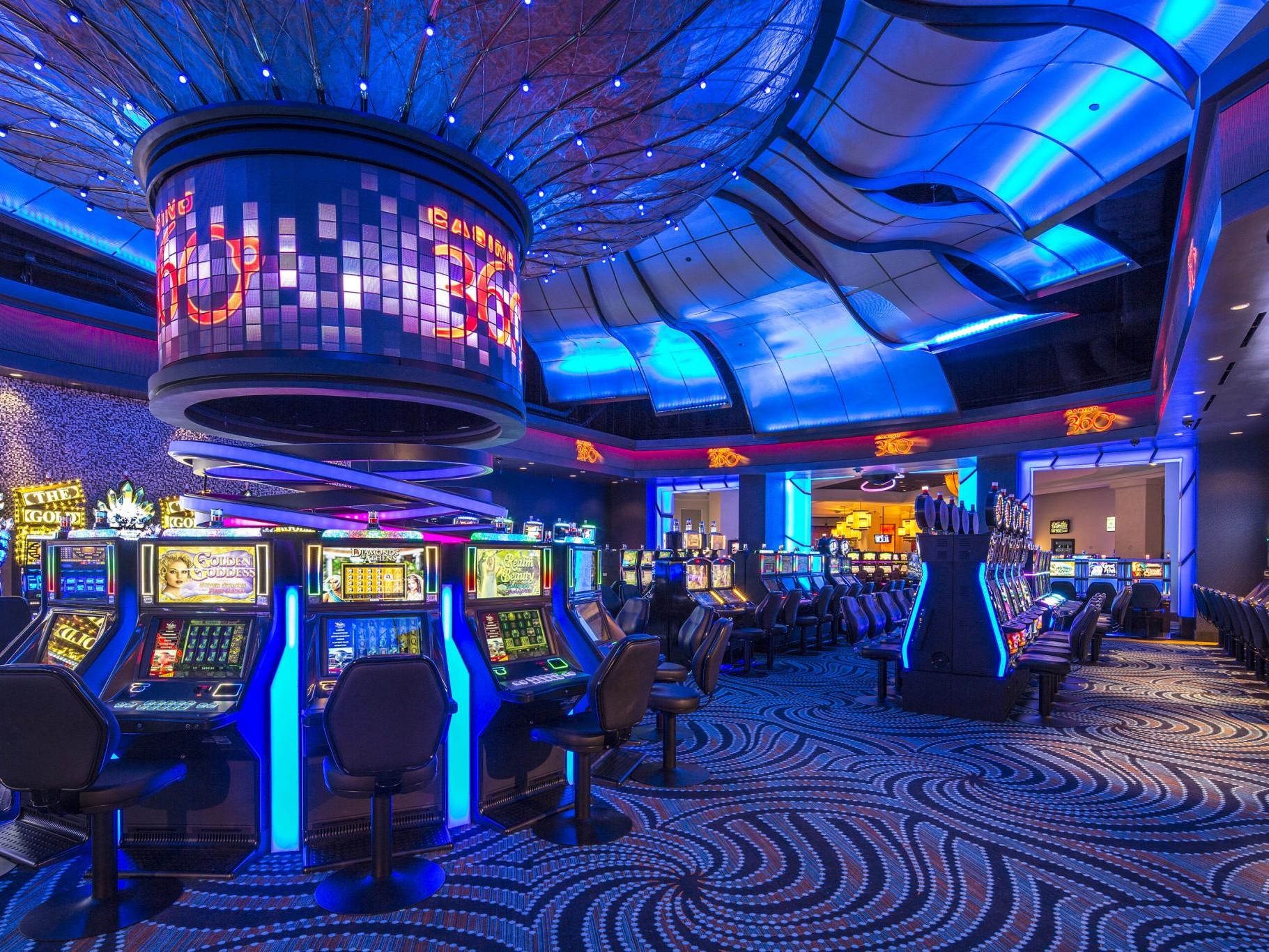Worldwide, the allure of gambling slots has won over millions, transcending cultural divides and drawing in diverse audiences. From the bustling casinos of the strip in Las Vegas to the colorful gaming halls of Macau’s gaming centers, these magical machines have become emblems of anticipation and suspense. The whirling reels and bright designs draw players into immersive experiences, creating a distinct blend of chance and entertainment that resonates with people from all walks of life.
As these games progress, their effects extends beyond mere gambling; they impact popular culture, fuel art, and alter social interactions. Whether it’s through films depicting of casino life or the rise of digital slot games that bring the casino experience to the convenience of home, the relevance of slot machines continues to expand. Exploring this phenomenon reveals more than the rules of play, but also the profound relationships they create within communities and their role in the broader tapestry of leisure activities around the globe.
Account of Gambling Slots
The origins of gambling slots can be backtracked to the late nineteenth century with the creation of the initial mechanical slot machine. In 1887, Charles Fey, a engineer from San Francisco, created the first mechanical slot machine, which was equipped with three spinning reels and a basic design with symbols such as horseshoes and playing cards. This machine offered gamblers a shot to win tokens, laying the groundwork for what would become a global gaming phenomenon.

As the acceptance of casino slots grew, various advancements appeared throughout the early 20th century. By the early 1900s, numerous producers began creating their models, enhancing the machines with new features and more complex functions. These early devices became a mainstay in bars, taverns, and ultimately started to make their way into casinos. By the decade of the 1960s, the traditional slot machine was more improved with the introduction of electronic elements, leading to more diverse gameplay and increased player involvement.
The decade of the 1980s marked a major shift when video technology was integrated into casino slots. This development allowed for more elaborate graphics, sound effects, and themes, drawing in a wider audience. The combination of impressive visuals and engaging gameplay changed casino machines into a major draw in gambling establishments around the globe. As a consequence, slots developed from simple machines into sophisticated entertainment systems, reflecting changing cultural tastes and tech advancements.
Cultural Diversity within Slot Machines
Casino slot games have developed so as to represent the traditions as well as practices from the respective areas in which these games are played. As an example, in Japanese culture, such as, pachinko machines blend features between pinball alongside conventional slot games, creating a distinct gaming experience which is intensely rooted in the Japanese entertainment tradition. Such devices frequently feature popular anime characters and themes, showcasing the connection between gaming and popular culture in Japanese culture.
On the other hand, in the US, gambling machines tend to be designed based on famous movies, celebrities, as well as recognizable icons from American tradition. This practice reflects a tendency toward celebrate and promote pop culture, rendering the slot experience relatable for gamers. These eye-catching graphics as well as effects aim in order to create thrill while also pull gamers into the gambling environment, illustrating U.S. creativity for the entertainment industry as well as technological advancements.
Across Europe nations also possess unique distinct approaches toward slot games. In the United Kingdom, such as, old-school fruit devices found in bars as well as amusement centers reflect regional preferences in favor of nostalgic gaming styles. Such machines often emphasize straightforward aesthetics and clear-cut mechanics, and which connect well to players that value a nostalgic gaming experience. This geographical diversity highlights the way cultural impact mold the development while also appeal in slot slot games across multiple areas of the planet.
The Evolution of Casino Slot Machines
As technology continues to evolve, the prospects of casino slots appears promising and exciting. Advancements in gaming technology, such as VR and augmented reality, are likely to redefine how players experience slots. Imagine stepping into a digital gaming environment where players can engage with their environment more immersively, making the act of playing slots more thrilling and enthralling than before. This shift could also attract a younger demographic, ushering in a new era of casino entertainment. https://vuabet88i.tech/
Moreover, the integration of artificial intelligence and large-scale data analytics will enhance personalization in casino slots. Players can expect games customized to their preferences, as AI analyzes their patterns and habits. This tailoring not only makes the gaming play more enjoyable but also encourages loyalty, as casinos strive to meet individual player preferences. Future slot games will likely feature more immersive narratives and vivid content, expanding the boundaries of traditional gameplay.
Finally, the growth of mobile gaming will continue to transform the future of casino slots around the world. As more players turn to smartphones and tablets for entertainment, casino operators will concentrate efforts on optimizing their games for mobile platforms. This convenience allows for more easy play, with players able to enjoy their favorite slots anytime and any place. As the global gaming market expands, the evolution of casino slots will play a vital role in drawing new players and keeping the thrill of existing fans.
